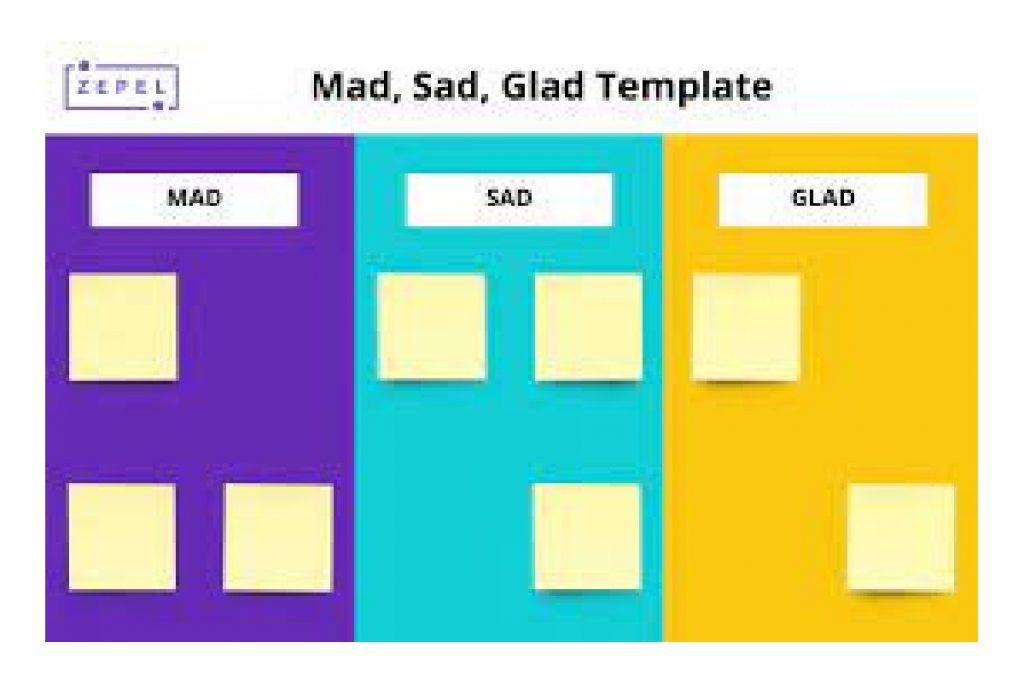Ideas for Sprint Retrospective: The sprint retrospective or retrospective of the sprint is one of the ceremonies of Scrum that punctuate the course of a project carried out by the agile method Scrum.
This meeting is a retroactive monitoring tool to evaluate the work carried out and check the progress towards the objectives, as well as the respect of the deadlines. As part of a continuous improvement process, it offers a space for reflection to improve the efficiency and quality of the entire project.
What are the characteristics of this dynamic? Who are the participants ? Let’s take a look at all the key aspects of a successful organization, to get the most out of this interaction. What to know ideas for sprint retrospective, keep reading to know about sprint retrospective
Table of Contents
What is a sprint retrospective ?
Sprint retrospective → Definition
The sprint retrospective is a meeting that takes place at the end of each sprint or cycle of the Scrum methodology. It is carried out:
- After the sprint review,
- and before the next sprint planning meeting.
Scrum team members meet to reflect together on the sprint that just ended. This brainstorming time is an opportunity to analyze work and make suggestions.
Sprint retrospective: ideas for organizing it
Step 1: Opening
The meeting can begin with a workshop or opening dynamic of about 15 minutes, the objective of which is to take the temperature of the equipment while the exchanges begin. The idea is to break the ice before getting to the heart of the matter and establish a climate of trust that facilitates the conversation.
Step 2: Information gathering
This step aims to identify the key events that occurred during the last sprint . This moment of gathering opinions from team members is key to the meeting.
step 3: Brainstorm
This is a crucial time to discuss possible improvements to implement, brainstorming to generate as many as possible.
Whichever method you choose to foster interaction, it is essential to ensure that everyone has a chance to speak . In a work group, in fact, there are usually more shy and introverted personalities, less willing to express themselves.
Step 4: Action plan
All the ideas exchanged must be translated into concrete actions to put them into practice.
For this, it is convenient to select a limited number of tasks (4 or 5 maximum) so that they can be applied during the next sprint . Once defined and validated by the participants, these actions will be distributed among the team members and integrated into the planning .
Step 5: Close
To close the meeting, the scrum master can collect feedback regarding the meeting in order to improve subsequent retrospectives.
To do this, the facilitator can poll the opinions of the participants and invite them to share their comments and suggestions for improvement .
Benefits of the sprint retrospective
As we have seen, there are many benefits of doing this ceremony, such as:
- Promote transparency and trust.
- Generates a collaborative and communicative work environment.
- It allows to identify potential problems and / or areas of conflict in time.
- Identify the points that can remain improved.
- Generates in team members a sense of belonging to the project.
- It helps to prioritize the actions to take.

